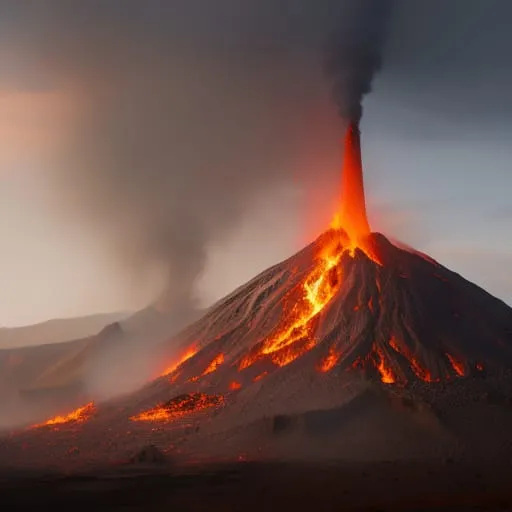
In 1465, one of the most significant volcanic eruptions of the past millennium occurred, sending shockwaves throughout the world's climate system. Dubbed the "mysterious eruption" because its location remains unknown, it is believed to have taken place in either the Kuwae or Tofua caldera.
Scientists estimate that the eruption spewed an enormous amount of sulfur dioxide into the atmosphere, causing global temperatures to drop by 0.3 to 0.5 degrees Celsius. The eruption is also thought to have triggered extreme weather events such as floods, droughts, and crop failures in various parts of the world.
Despite its significant impact on global climate, little is known about the eruption itself, and its location remains a mystery. Some believe it occurred in the Kuwae caldera, located in the southwestern Pacific Ocean, while others point to the Tofua caldera, situated near Tonga.
One theory is that the eruption caused the Kuwae caldera to collapse, leading to a massive tsunami that devastated coastal regions throughout the Pacific. Another theory suggests that the eruption was so massive that its ash cloud obscured the sun for several days, leading to a global cooling effect.
While the precise details of the mysterious eruption of 1465 remain unclear, it is evident that its impact on the climate was profound. Today, scientists continue to study the eruption, using a variety of methods such as ice core analysis, sediment samples, and historical records, in an effort to shed light on one of the most significant volcanic events in human history.
Sources
Science - 18 avril 2023 - Rael2012 -  - Voir l'historique
- Voir l'historique
























